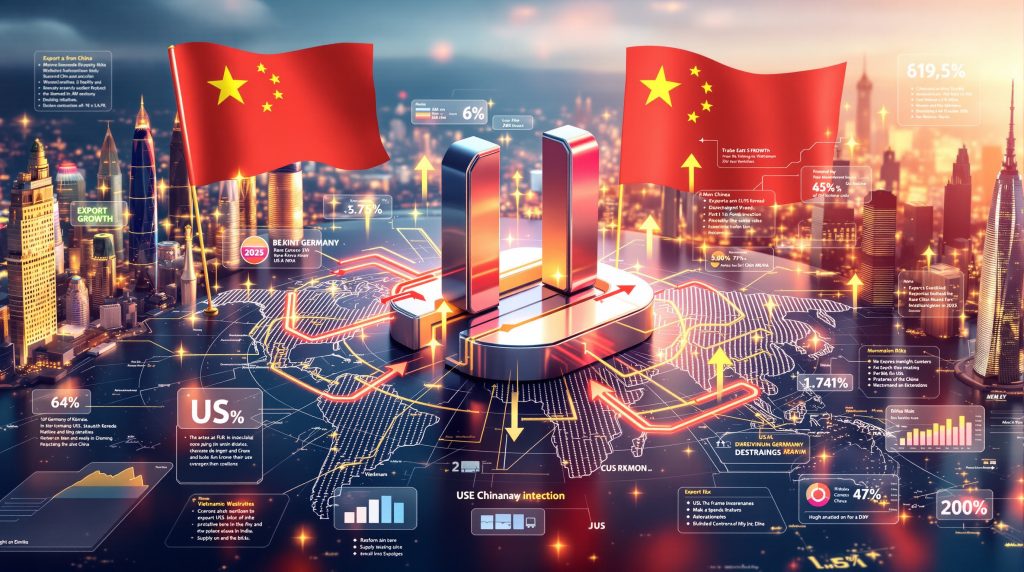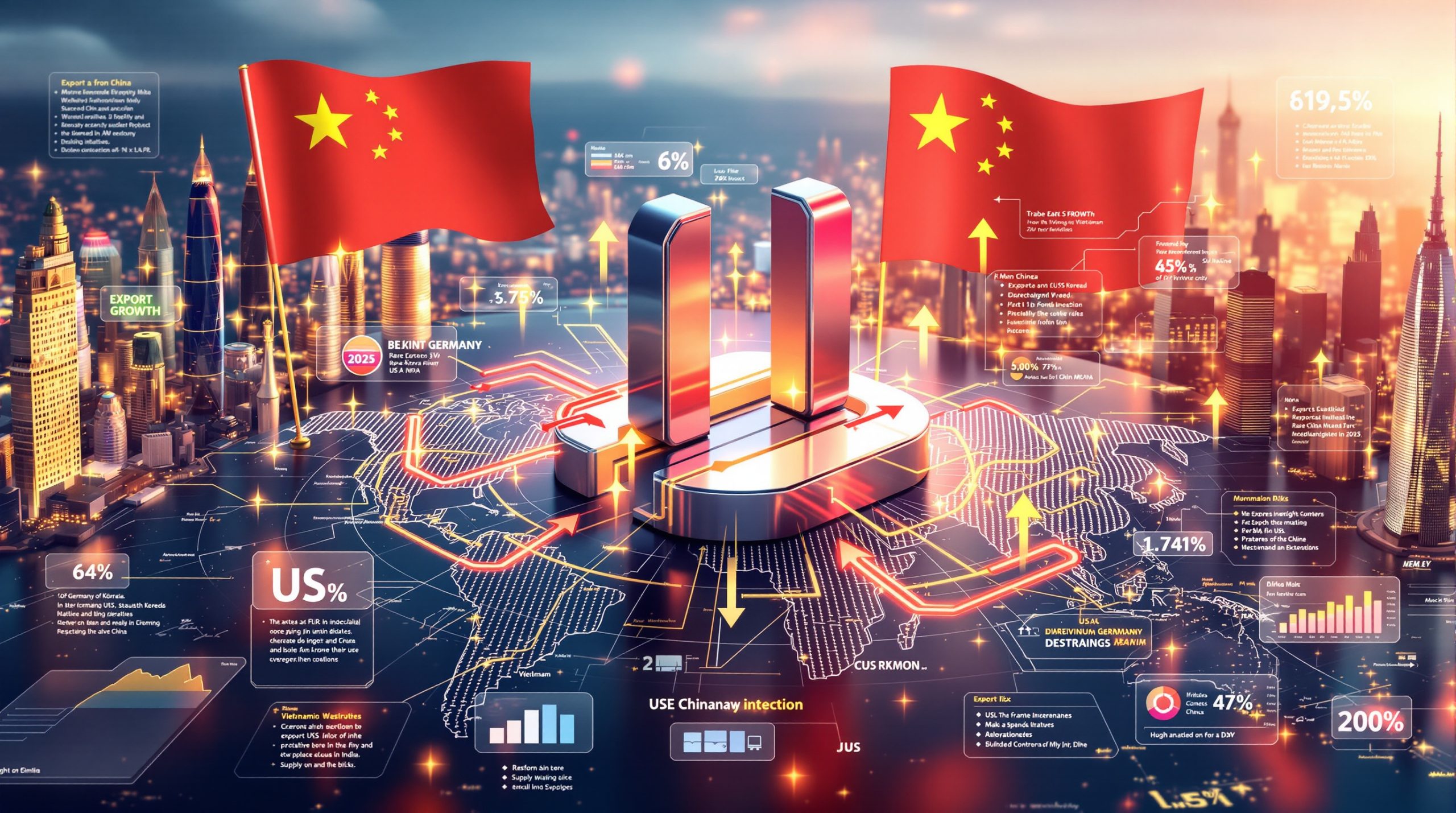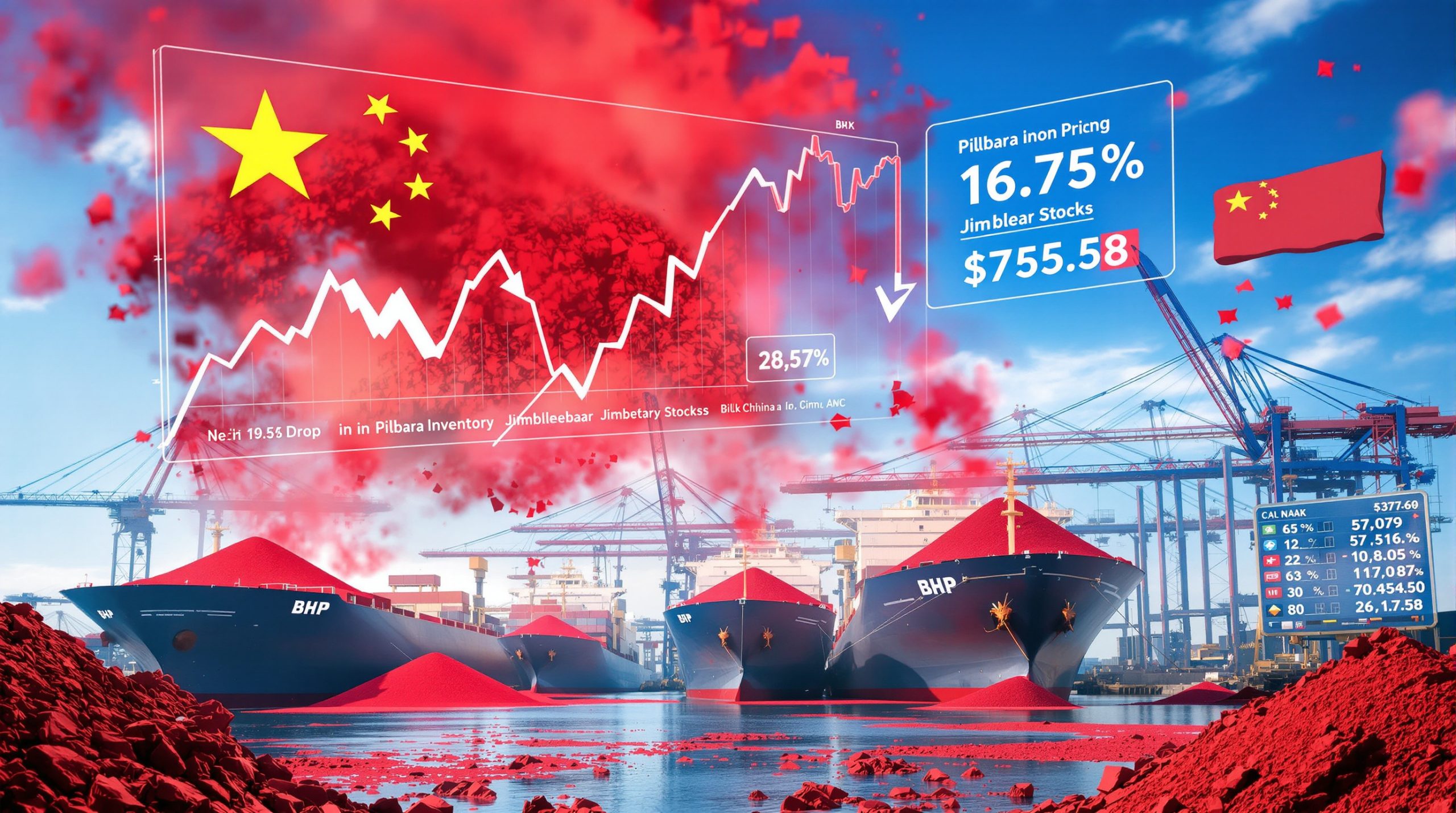How Do Rare Earth Magnet Trade Flows Reflect Shifting US-China Dynamics?
Chinese rare earth magnet exports to US have become a pivotal element in global trade strategies. China’s dominance in rare earth magnet production continues to fuel competitive market conditions. Furthermore, reliable trade data indicates that manufacturers lean on these exports to counteract supply chain vulnerabilities.
In October 2025, the United States emerged as the second-largest destination for Chinese exports, absorbing 656.3 tonnes with a 56.1% increase from September. This surge was driven by evolving policies and a renewed sense of confidence among buyers.
Germany retained its status as the primary importer, reflecting robust industrial demand. In addition, countries like South Korea, Vietnam, and India represented significant markets, which underscores the interconnected nature of the global supply chain.
Trade patterns during this period highlighted the impact of geopolitical tension. For instance, evolving US-China trade dynamics influenced buyer strategies and regulatory approaches worldwide.
| Country | Tonnes Imported | % Share of Total | MoM Growth |
|---|---|---|---|
| US | 656.3 | 12% | +56.1% |
| Germany | N/A | N/A | N/A |
| S. Korea | N/A | N/A | N/A |
| Vietnam | N/A | N/A | N/A |
| India | N/A | N/A | N/A |
The data clearly reflect manufacturers adjusting sourcing strategies while navigating complex trade policies.
What Factors Drove the October 2025 Spike in US Imports?
The spike was not a random occurrence but a result of significant regulatory events. Earlier in the year, shifts in policy and export measures set the stage for accelerated procurement by US firms.
Beijing introduced new measures, including restrictions reminiscent of China’s export controls on key materials. This development forced importers to adapt quickly, with orders being expedited in a bid to secure adequate inventories.
Furthermore, the easing of trade tensions in late October injected much-needed confidence into the market. As a result, US buyers took swift action, filling orders to hedge against any unexpected supply disruptions.
A recent Reuters report on latest export statistics corroborates this trend, emphasising a strategic shift in procurement amidst global market pressures.
Why Did China’s Magnet Shipments to the US Spike in October 2025?
- A marked policy détente between the US and China enabled rapid stock replenishment.
- Firms sought to mitigate future uncertainties by capitalising on the temporary easing of export restrictions.
In addition, increased market confidence and proactive industry measures combined to propel the surge in shipments.
What Does China’s Near-Monopoly on Rare Earth Supply Mean for Global Industry?
China’s control over the rare earth magnet value chain—encompassing extraction, refining, and manufacturing—poses significant challenges. The country’s grip on critical materials, including neodymium, praseodymium, and dysprosium, leaves many economies vulnerable to disruptions.
Moreover, industry observers note that even modest policy shifts can have dramatic impacts on global markets. Recent changes, such as the critical minerals executive order, have prompted industries worldwide to reassess their strategies.
In addition, considerations surrounding supply chain security are gaining prominence as nations strive to reduce dependency on a single source for critical commodities. For instance, some firms are exploring a pivot in critical minerals to diversify their supply bases.
The reliance on Chinese production has further ramifications for pricing and market stability, compelling stakeholders to continually monitor external policy shifts.
Supply Concentration Impact:
- The overwhelming majority of magnets are processed and exported solely from China.
- Such concentration elevates the risk of sudden shortages and price volatility in global markets.
How Are Major Buyers Responding to Supply Risk and Regulatory Uncertainty?
US and European manufacturers are proactively reassessing their strategic sourcing channels. In response to persistent vulnerabilities, key industry players are now formulating measures to enhance supply chain resilience.
Companies have started discussions with industry regulators while exploring domestic production initiatives. Recent steps include measures to secure essential supplies through innovative strategies.
For instance, government officials have adopted policies akin to energy transition security, with discussions centred around setting up local production hubs. Moreover, industry stakeholders are reviewing supply contracts to counter unforeseen disruptions.
In addition, firms are increasingly focusing on sourcing alternatives and re-engineering logistics. These efforts are compounded by ongoing dialogues with international partners, including emerging producers in Australia and Vietnam.
What Are the Long-Term Scenarios for US Access to Rare Earth Magnets?
Multiple scenarios could shape future access to these critical magnets. Firstly, continued dependency on current trade flows may persist if alternative sources remain elusive. Additionally, gradual success in reshoring production is a possibility, albeit with challenges such as higher production costs and extended timelines.
Alternatively, should geopolitical tensions escalate further, renewed supply crises might emerge. In such cases, manufacturers may face acute shortages and surging prices. This dynamic underscores the importance of establishing robust domestic supply chains.
Key industry experts argue that diversity in sourcing and targeted investments in technology will be essential. For example, regulatory measures like the pivot in critical minerals strategy may guide future policies, mitigating risks associated with overdependence.
Notably, decisions made today will influence long-term market stability, cost structures, and strategic initiatives for global manufacturers.
What Are Key Takeaways for Industry Stakeholders?
- Temporary trade surges do not eliminate long-term supply risks.
- Manufacturers must remain agile and focus on building inventory buffers.
- Diversification through domestic initiatives and international partnerships is critical.
- Strategic measures, including layering contracts and boosting recycling efforts, could reduce vulnerabilities significantly.
These insights emphasise the urgent need for a balanced approach that combines regulatory foresight with industry innovation.
FAQ
Are US industries at immediate risk if trade tensions escalate?
In the short term, heightened inventories offer a buffer. However, strategic vulnerabilities persist until domestic production can meaningfully supplement imports.
What proactive steps can buyers take to limit risk?
Buyers are broadening supplier bases, investing in recycling technologies, and adopting layered contracting strategies. Additionally, they are actively engaging with policymakers to develop resilient supply chain solutions.
What Does This Mean for Future US-China Trade Policy?
Ongoing trade tensions and policy interventions ensure that robust measures remain essential. Some forecasts indicate that increased domestic production could mitigate reliance on imports. In fact, concerns about Chinese rare earth magnet exports to US are prompting lawmakers to review strategies for enhancing long-term security.
Furthermore, stakeholders are prioritising measures that align with technological innovation and rigorous oversight of international trade practices.
Moreover, market analysts believe that evolving policy frameworks will need to balance economic interests with national security concerns. Such frameworks may include diversified sourcing and closer scrutiny of export protocols.
Further Exploration
For those interested in understanding broader market trends, detailed analyses on global supply chain dynamics and mineral market forecasts are available. Publications like mineral dependency concerns offer comprehensive insights into policy impacts and industry challenges.
Additional perspectives are provided by industry reports which examine changing export patterns. One such report on global supply chain mineral market dynamics delves into the strategic shifts reshaping supply networks.
In conclusion, the evolving nature of trade and regulatory measures continues to redefine global supply chains. With ongoing discussions and reforms, Chinese rare earth magnet exports to US remain a critical focal point for both policymakers and manufacturers. Looking ahead, these dynamics will likely influence key economic and strategic policies.
Ultimately, as stakeholders navigate these challenges, balancing short-term needs with long-term goals will be essential. The future of the industry depends on resilient strategies that address both market volatility and geopolitical shifts. Notably, the debate around Chinese rare earth magnet exports to US will persist until sustainable alternatives emerge.
How Can You Gain an Edge in Changing Trade Dynamics?
Capitalise on the latest significant ASX mineral discoveries with Discovery Alert's proprietary Discovery IQ model. Visit the Discovery Alert discoveries page to explore how historic discoveries have driven substantial market returns, and start your 30-day free trial to position yourself strategically in evolving global markets.




